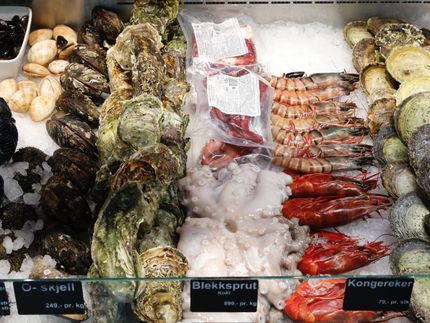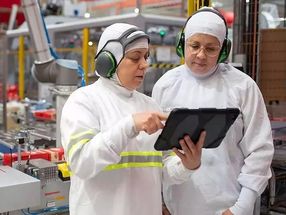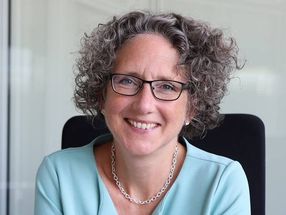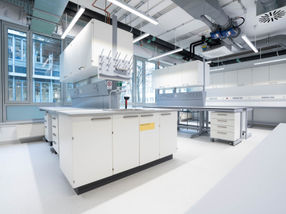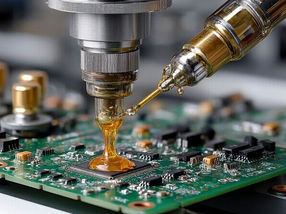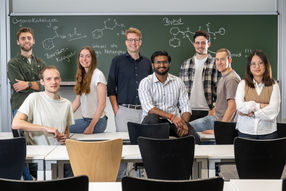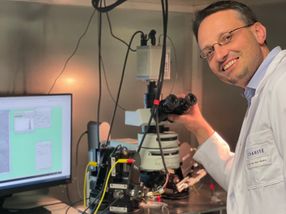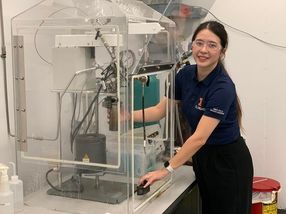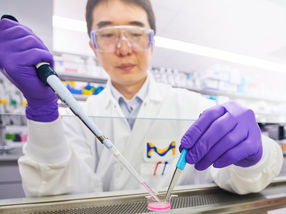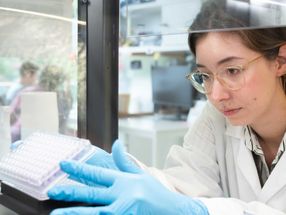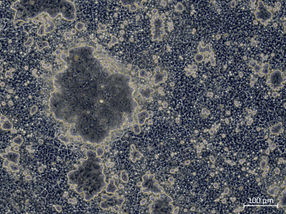Greenpeace research reveals harmful chemicals in edible fish from the North and Baltic Seas
Limits for PFAS in foodstuffs significantly exceeded in some cases
Advertisement
Some edible fish, mussels and crabs from the North and Baltic Seas are heavily contaminated with harmful PFAS. Greenpeace measurements of plaice, Herring, turbot and crabs show concentrations of these so-called "eternal chemicals" that exceed the recommendations of the European food safety Authority (EFSA) for a weekly intake for adults. Accordingly, a meal of 150 grams of the examined samples of herring, plaice or turbot can be enough for an adult to get the maximum tolerable weekly dose of PFAS on their plate. For children, this can be a fraction of the 150 grams. PFAS are also found in the samples of mussels, mackerel, haddock and sole examined. Greenpeace activists took a total of 17 samples of marine animals at the end of June 2025. The samples were purchased directly from fishing boats, at fish markets and in stores in Niendorf, Heiligenhafen, Cuxhaven, Büsum, Bremerhaven and Hamburg.
The German authorities must test fish, mussels and crabs from the sea for PFAS to a much greater extent than before. The European Food Safety Authority is already issuing exemplary warnings about these carcinogenic and endocrine disrupting substances. Some of the PFAS that we detected during our research can accumulate in the human body, so that the health risk increases over time
, Julios Kontchou, Greenpeace ecotoxicologist.
PFAS in everyday products - alternatives are available
PFAS, water- and grease-repellent chemicals, can be found in sports and outdoor clothing, carpets, food packaging such as pizza boxes and baking paper. There are safe PFAS-free alternatives for many applications. Nevertheless, the chemical industry continues to cling to PFAS and has so far blocked all proposals for European regulation.
The German government must protect people and the environment from the interests of the chemical industry. The use of PFAS in everyday objects should be banned without exception
, Julios Kontchou, Greenpeace ecotoxicologist.
The group of per- and polyfluorinated alkyl substances (PFAS) comprises over ten thousand chemicals, many of which are harmful to health and the environment. Some, such as PFOS and PFOA, are considered carcinogenic, disrupt the endocrine system and impair reproduction. Many of these substances remain in the human body for a long time. PFAS do not degrade and accumulate in the food chain. Research by Greenpeace in the Rhine shows that PFAS are also found in rivers. They enter the sea via rivers, where they accumulate in sea foam in particular. Greenpeace proved this with research at the beginning of the year. Contact with foam containing PFAS can be harmful to health, especially for children who play with it on the beach. PFAS can also pollute soil and groundwater. Sea spray in coastal areas can also contain the chemicals.
Note: This article has been translated using a computer system without human intervention. LUMITOS offers these automatic translations to present a wider range of current news. Since this article has been translated with automatic translation, it is possible that it contains errors in vocabulary, syntax or grammar. The original article in German can be found here.
Other news from the department science
Most read news
More news from our other portals
See the theme worlds for related content
Topic world Food safety
Food safety is at the heart of the food and beverage industry. It ensures that the food we eat every day is not only nutritious, but also free of harmful contaminants. From field to plate, the industry monitors and regulates every step of the process with strict quality controls, advanced testing methods and continuous research.

Topic world Food safety
Food safety is at the heart of the food and beverage industry. It ensures that the food we eat every day is not only nutritious, but also free of harmful contaminants. From field to plate, the industry monitors and regulates every step of the process with strict quality controls, advanced testing methods and continuous research.




